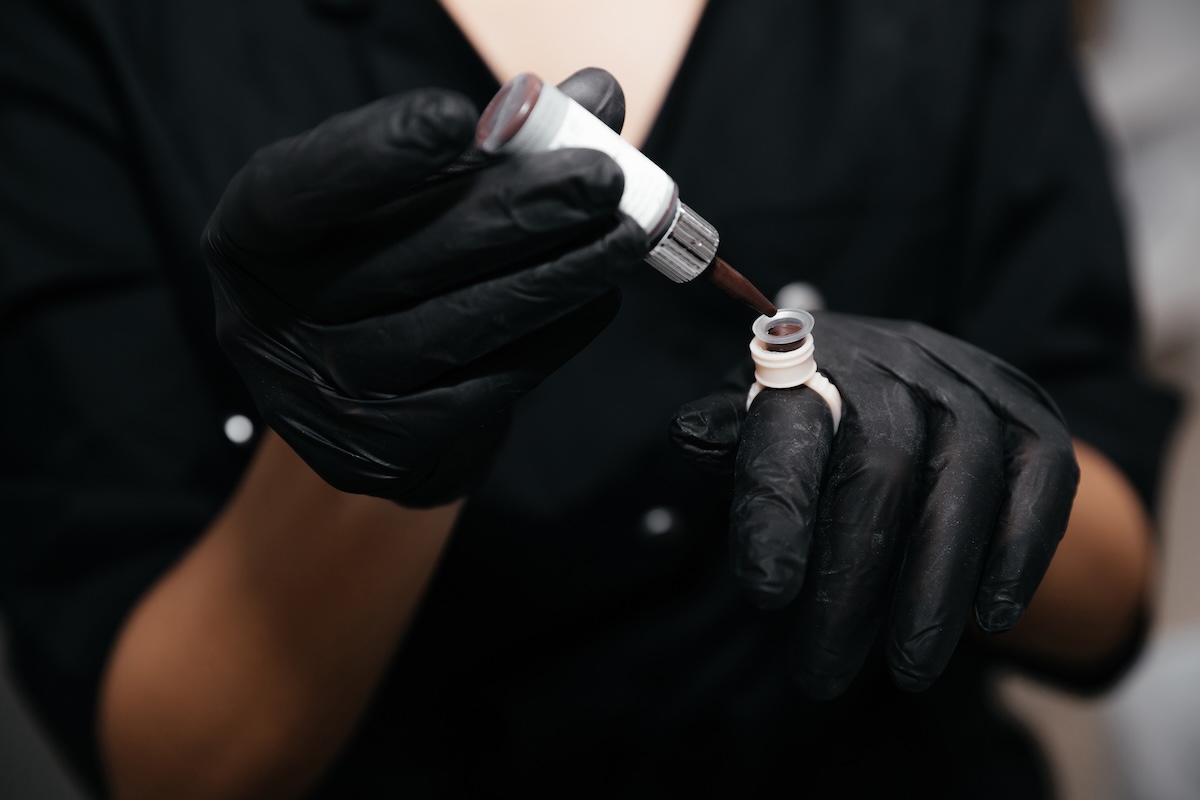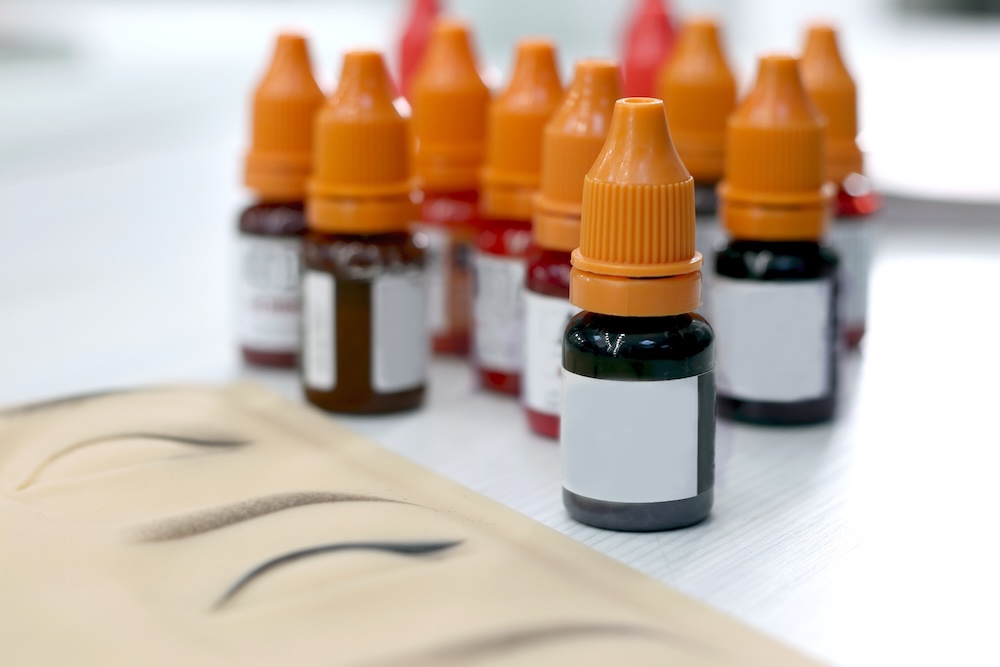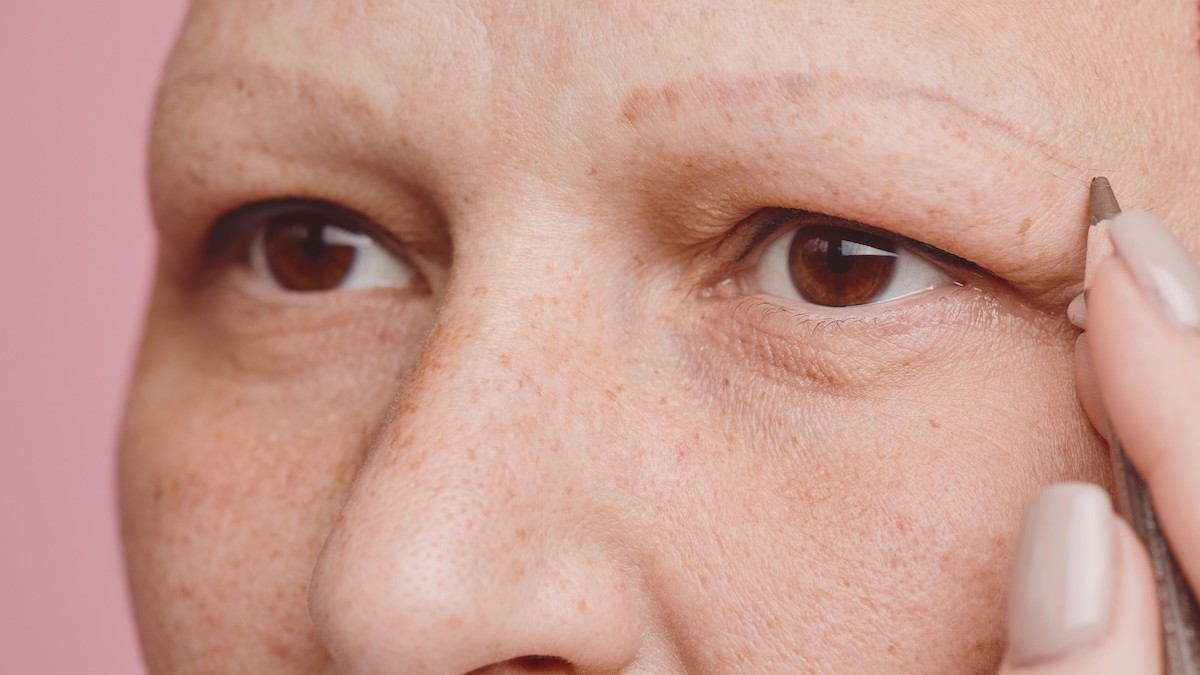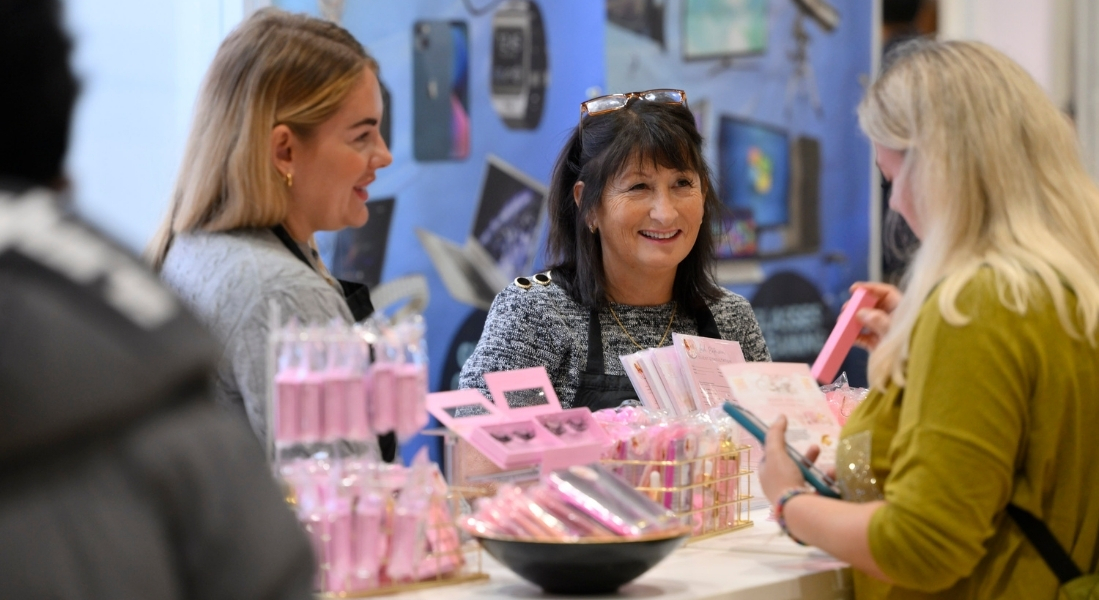Experts explain how semi-permanent makeup can restore confidence, redefine features and support clients affected by alopecia
For clients living with alopecia, the emotional impact of hair loss can be profound, but semi-permanent makeup (SPMU) is helping many rediscover their confidence and sense of self.
Understanding the emotional impact of alopecia
Hair loss isn’t just a cosmetic concern, it’s also deeply personal. Trichologist and Trua Clinic founder Claire Fullam, who lost 90% of her hair to alopecia areata, describes the experience as life changing.
She says, “Hair loss isn’t vanity; it can be extremely life altering and life limiting. I was a confident young woman in spring 2016 and by the summer I barely left my house. I became a shell of myself.”
In her work today, Fullam channels that lived experience to support others. “There’s a term by psychologist Carl Jung – ‘The Injured Healer’. Jung believed a healer’s own pain can provide deeper empathy. I really agree with this – I’m better at my job because of my hair loss.”
She believes what clients need most is education and understanding, not empty promises.
“When I lost my hair, I was told, ‘It’s alopecia areata – it’ll get worse before it gets better’. But I didn’t know what that meant. We need more education within the industry and the freedom to pass that on.”
Why semi-permanent makeup makes a difference
For many people with alopecia, losing brows, lashes or scalp hair affects how they see themselves.
SPMU artist Nez Hasan says working with alopecia clients has shaped her entire philosophy.
“Helping them restore not just their brows but their confidence has shaped my whole approach,” Hasan explains.
“SPMU is about so much more than aesthetics – it’s about giving people back a part of themselves.”
Hasan explains that brows have one of the biggest impacts on confidence: “Brows define facial structure and expression. Many clients are tired of drawing them on every day, only for the pencil to rub off. With SPMU, they have their daily template drawn on for them – it gives them a sense of normality again.”
Karen Betts, one of the UK’s pioneers in semi-permanent makeup and medical tattooing, has witnessed similar transformations throughout her 30-year career.
“It all started when a close friend lost her brows and lashes during cancer treatment. I tattooed her brows and saw her confidence return instantly. That experience showed me how powerful this work could be.”
Since then, Betts has worked with hundreds of alopecia clients, using a combination of hairstroke techniques and soft lash enhancements to restore definition naturally.
Betts says, “Brows are often the biggest concern, and fine hairstroke techniques are key for recreating natural definition. For the eyes, soft shading along the lash line can make a huge difference.”

Working with sensitivity and skill
Because alopecia can affect skin texture and pigment retention, SPMU artists need to tailor their approach carefully.
Hasan explains, “A common mistake is treating alopecia clients the same as standard brow clients. The skin is often different, and results can’t always be guaranteed. In my experience, microshading or powder brows often give a softer, longer-lasting result.”
When working without natural hair as a guide, artistry and anatomy become central to achieving balance and realism.
Betts shares, “Even when there isn’t a single hair to guide me, the face itself tells the story. I carefully map features using bone structure and proportions to design brows that look completely natural.”
Hasan adds that she always takes time to look at old photos to recreate the client’s natural shape: “With alopecia, I like to see how their brows used to be. It’s about creating something that feels like them.”
Supporting confidence beyond the treatment room
Both artists agree that SPMU goes far beyond physical transformation.
“For many clients, especially those with alopecia, SPMU feels like their last option after trying everything else,” says Hasan. “We’re not just restoring brows; we’re restoring a part of their identity.”
Betts echoes this sentiment, saying, “It’s truly life changing. Semi-permanent makeup doesn’t just restore brows or lash lines – it restores confidence, dignity and a part of someone’s identity they may have lost.”
Fullam, speaking as both a trichologist and alopecia advocate, agrees that acknowledgment and empathy are as important as treatment: “Acknowledge them. Listen to them. Sometimes that’s all someone needs.”
Consultation, communication and care
Creating a safe space is key. Betts emphasises that listening should always come before technique.
She explains, “Many alopecia clients arrive carrying years of self-doubt. The artist should always lead with patience and compassion. Often, being truly heard is the most impactful part of the consultation.”
Hasan also prioritises reassurance during the process, explaining, “If clients are nervous, I show them examples of my work and explain each step clearly. Throughout the treatment, I reassure them – it helps them relax and enjoy the transformation.”
For beauty professionals looking to expand their skills, education and connection are vital.
Fullam advises, “Don’t overpromise – set expectations. If you don’t know something, say so and guide the client. And go and invest in some level of education. You don’t need to become a trichologist, but a small understanding helps.”

Training and professional growth
With growing demand for alopecia treatments, both Betts and Hasan stress the importance of advanced, reputable training.
“True mastery takes time,” says Betts. “Avoid shortcuts – precision, artistry and confidence only come through experience. For alopecia clients, subtlety is everything.”
Hasan adds, “Approach alopecia clients with empathy first, artistry second. Understand their journey – this isn’t just about brows, it’s about confidence.”
Fullam also believes collaboration is the future, saying, “If you have a local trichologist, connect. Learn from each other, host information evenings. We can all help each other.”
The future of confidence-boosting beauty
As awareness grows through social media and client advocacy, more people with alopecia are turning to SPMU and medical tattooing to reclaim confidence.
“Awareness and demand have grown significantly,” says Betts. “Therapists should prepare by refining their technical skills and developing empathy-led consultations. It’s about creating results that transform lives.”
And as Hasan puts it, “There’s so much more awareness now, especially for people with alopecia who’ve found that nothing else works. All SPMU treatments – brows, lash liner, even lip blush – can help clients feel like themselves again.”
Key takeaway
From the technical precision of hairstroke tattooing to the quiet power of listening, SPMU professionals are playing a pivotal role in helping alopecia clients rebuild confidence and identity.
Fullam concludes, “Of course beauty professionals can bring a person back to life. I lost my brows, and when I got them tattooed back on, I could see myself again. It’s a powerful tool.”
You might also like:




